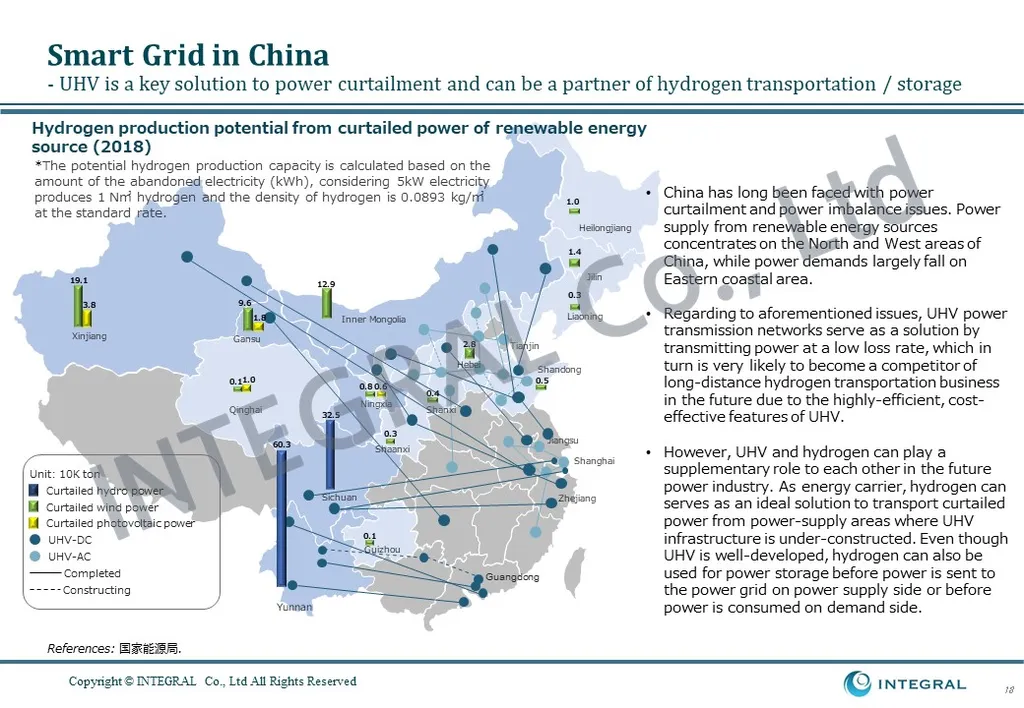In the ever-evolving energy sector, gas turbines play a pivotal role, particularly in land-based microgrids and shipboard-isolated power grids. However, these systems often grapple with operational challenges such as sudden load fluctuations and the startup and shutdown of high-power equipment, which can significantly impact performance. A recent study published in the journal *Entropy* (translated from the original title) sheds light on these issues, offering insights that could shape the future of gas turbine technology.
Led by Yang Liu from the College of Power Engineering at the Naval University of Engineering in Wuhan, China, the research delves into the dynamic behavior of gas turbines under transitional operating conditions. The study employs a sophisticated three-dimensional computational fluid dynamic (CFD) simulation to model the gas turbine rotor, incorporating thermal inertia—a factor often overlooked in conventional analyses.
The team’s approach is both innovative and comprehensive. “We used a hybrid method combining temperature differences and heat flux density to set thermal boundary conditions,” Liu explains. This method allows for a more accurate representation of the turbine’s operational state based on the direction of heat transfer. The simulation results reveal that thermal inertia induces a notable shift in the dynamic characteristics of the rotor components. Interestingly, under the same heat transfer conditions, variations in rotational speed have a minimal impact on this shift.
The study also highlights the differences in heat transfer between compressor and turbine components. “The working fluid temperature inside the compressor components is lower, with a smaller temperature difference from the wall, resulting in less intense heat transfer compared to the turbine components,” Liu notes. This finding could have significant implications for the design and optimization of gas turbine components.
From a commercial perspective, understanding these dynamics can lead to more efficient and reliable gas turbine systems. The research suggests that heat transfer accounts for only about 0.1% of the total enthalpy at the inlet, but when heat exchange occurs between the working fluid and the walls, around 6–15% of the exchanged heat is converted into changes in technical work. This percentage increases as the temperature difference rises, offering a potential avenue for improving energy conversion efficiency.
The implications of this research are far-reaching. By incorporating thermal inertia into the design and analysis of gas turbine components, engineers can develop more robust and efficient systems. This could lead to significant cost savings and improved performance in various applications, from power generation to marine propulsion.
As the energy sector continues to evolve, such insights are invaluable. The work by Liu and his team not only advances our understanding of gas turbine dynamics but also paves the way for future innovations in the field.

